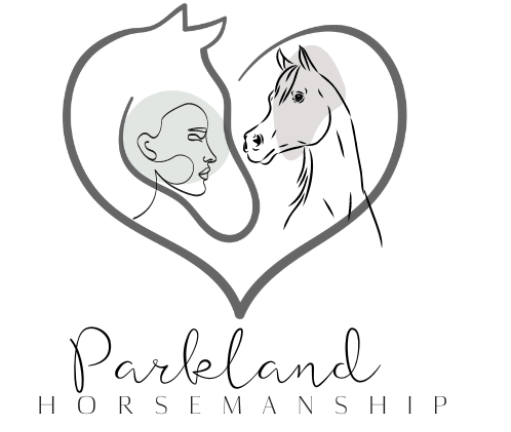An understanding of why horses behave the way they do is essential in developing strategies for altering problematic behaviors, enabling us to select training methods which minimize stress for both horse and handler.
As prey species, horses make their living by categorizing stimuli as something to ignore or avoid. Through proper training, this instinct to flee can be reduced and allow a horse to explore new environments safely.
Ears
Ears act like radar, constantly picking up sounds and emotions that horses experience. Prickled forward ears demonstrate curiosity and attentiveness while pinched-back ears indicate irritation or aggression. A horse’s head and neck position also conveys many different feelings; rolling can help soothe itchy spots or promote blood circulation, while head tossing may signal boredom or anxiety. Paying attention to subtle cues such as rate of tail swishing or chewing behavior helps trainers understand what their horses are feeling so they can make adjustments accordingly to create more supportive learning environments for their students.
Interpreting a horse’s body language consistently is key to creating an intimate and fulfilling relationship between handler and horse. Doing this ensures that requests from handler are understood, which reduces stress levels and fosters cooperation during training sessions. A healthy human-horse partnership rests upon this understanding; making for successful outcomes and sustainable progress.
Eyes
Horse eyes provide insight into a horse’s emotional state. Soft, wide eyed expressions of curiosity or engagement with an object or handler demonstrate positive, attentive behaviors; in contrast, narrowed or pinched-in eyes signal anxiety or stress levels which need addressing immediately by reviewing training environments and techniques used.
Since horses evolved as prey animals, their eyes are tuned for movement detection. They detect movements both sides of their head, with only a slight blind spot directly in front and behind (see diagram).
Ear position provides trainers with crucial cues about their horse’s attention level, from subtle flicks indicating curiosity to sudden pincer movement that indicates discomfort. Interpreting these early warning signs allows trainers to nip discomfort in the bud early and build mutually respectful training relationships that benefit both parties involved.
Tail
No matter whether it’s casually flapping to one side, being pinched back or flaring forward – each movement of a horse’s ears plays an essential part in understanding their emotional state. Recognizing these subtle shifts-from curiosity-fueled ear flicking to cautionary pin pinning-empowers trainers and improves responsiveness; closing gaps between human expectation and horse reality.
Stomping or pawing displays more intense movements that reveal frustration or discomfort, while tail swishing is typically used as a gentler form of communication that indicates positivity or willingness for training. Consistent interpretation of body language allows trainers to respond more promptly and appropriately in creating an environment of trust and safety, ultimately leading to continued progress with harmonious partnerships.
Body Language
As prey animals, horses are constantly on guard against predators. When threatened or nervous, their natural instinct is to flee; however, horses often freeze or fidget in response – which may be misinterpreted by handlers and lead to further fear escalation. Freezing behaviors include tight lips with wrinkles above them; fidgeting includes quick or hesitant movements as well as distracted attention or pawing or mouthing objects or people.
Understanding horse body language is vital in understanding their message. Each part of their bodies can convey different messages; therefore it is necessary to read all aspects of communication to fully comprehend its message. For instance, when your horse paws the ground with his front leg it could signal their desire to explore an unknown area, frustration or anxiety about something they perceive to be stressful. A swishing tail signifies curiosity while clamped-down tail is a warning of aggression or fear.

